You’re fired: Trump White House staffing crisis may be the beginning of the end, academics say
AUSTRALIAN White House watchers say Donald Trump’s problem isn’t that he can’t find good staff - and they’re predicting further chaos for the embattled US President.
IT took just 10 days for Anthony Scaramucci to pass in and out of the White House’s revolving door. He joins 10 other high-profile names on President Trump’s scrap heap after just six months in office.
A tsunami of troubles has been brewing around the mercurial Trump since he took up the mantle of 45th President of the United States on January 20.
Key staff have gratefully accepted his generous offers. Things weren’t what they expected. Many have since moved on. And a large portion of the nation’s key administrative positions remain unfilled.
Can it go on?
Will the White House become hamstrung by its growing reputation for career suicide?
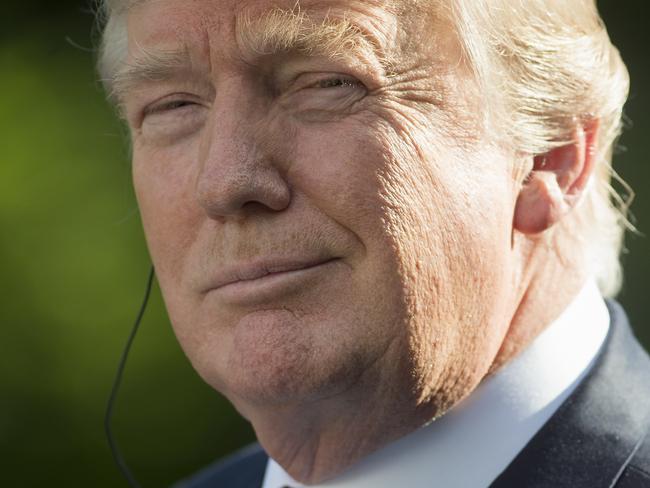
CULTURE CLASH
Flinders University professor of American Studies Don DeBats says it all comes back to one man: Donald Trump.
“The White House is gaining a reputation for being a typical Trump organisation where he demands loyalty but provides no loyalty in return,” he says.
“Trump the businessman runs businesses this way. He likes total conflict within his staff. This enables him to make snap decisions about hiring and firing. It’s one thing to run a business this way, but it’s another to do this in the most powerful government of the world.”
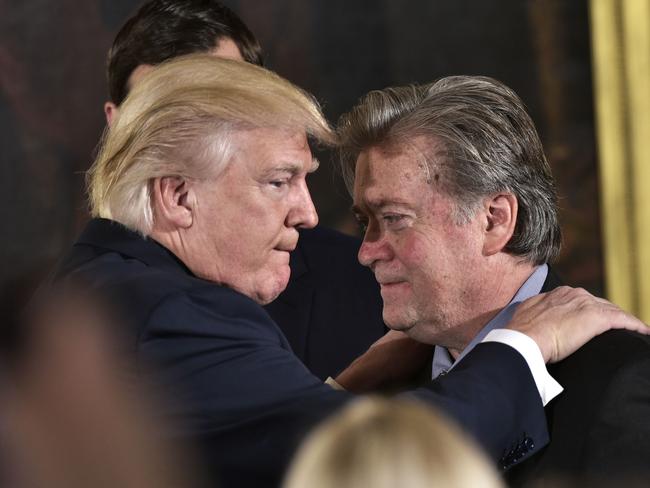
James Cahill, of the University of Melbourne’s School of Government, says the seeds of such systemic conflict were obvious from the very start.
Trump made Republican party insider Reince Preibus Chief of Staff and alt-right media baron Steve Bannon as White House Chief Strategist — without defining who would be reporting to whom.
“I believe this essential conflict - between men who come from literally two different worlds - was at the heart of the unceasing leaks and counter-leaks coming from the White House,” Cahill says.
Senior Lecturer in Politics and Public Policy Rodrigo Praino says the turmoil goes even deeper than this: “We simply don’t know who is in charge.”
He says the power - and responsibility - relationships between Steve Bannon, Jared Kushner, Ivanka Trump and the White House chief of staff are a political minefield.
“There is no clear hierarchy, and the problem is that where there is no clear hierarchy there is no clear responsibility either,” he says. “Trump has shown that he is unable to lead in a way that is unprecedented in contemporary American politics.”
REVOLVING DOORS
It was just three days ago that Trump’s chief of staff Reince Priebus resigned — at Scaramucci’s instigation. Press secretary Sean Spicer quit the day Scaramucci was hired.
This ended an unusual patch of job security in the White House — with no sackings since May.
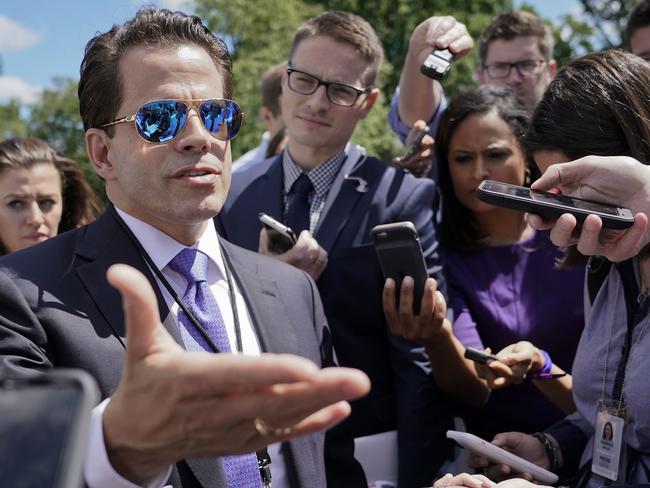
Professor DeBats says some Trump staffers have clearly misspoken, and that the behaviour of “Mooch” was totally unprofessional. But what the White House really needs now is some stability and dignity.
“How Trump is going to continue to restaff his White House is a real question,” he says. “This road towards chaos will just bring people of a lower and lower standard.”
A potential decider of the future of the Trump administration was the appointment of former General of the Marines, John F. Kelly.
SILVER BULLET?
“Kelly is a real chance for salvation,” Professor DeBats says. “But it’s not a good chance. Trump is not going to change.”
Kelly’s first move was swift and firm: sacking Trump-appointee Scaramucci.
But any ongoing drive for rigid military-style discipline is unlikely to mix with Trump’s own personal leadership style.
“Kelly will try to tell him what he can and cannot do,” Professor DeBats says. “Trump likes military men, but not being told what to do.”
Praino agrees that Trump’s future rests in Kelly’s hands.
“General Kelly seems to think that all these people and everyone else in the White House report to him. But do they?”
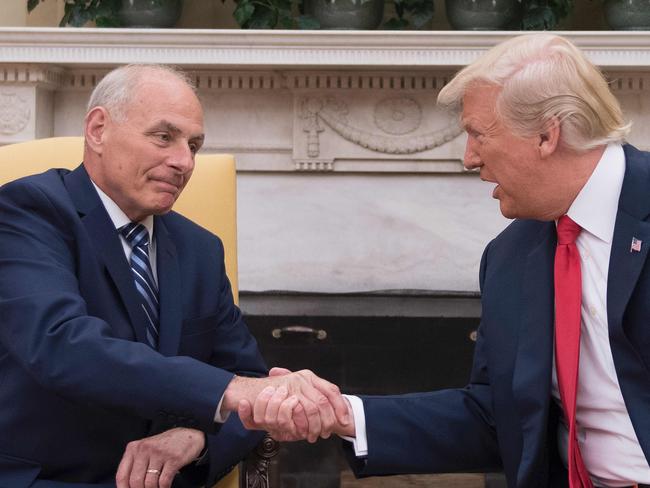
“No relationship has worked so far, so this is a brave bet,” Professor DeBats says.
“Trump always says he’s a deal maker, but he’s failed on every deal he’s tried to make and all he has been is juvenile in response.”
And this is hurting his chances at continuing to govern:
“Trump needs the establishment. He needs the centre of the Republican Party. He’s lost it.”
WEAKEST LINK
Cahill says Trump’s staff issues are just a symptom of the real problem: “Trump himself is ill-suited to the job of President in almost every way ...
“He lacks a comprehensive understanding of how the Presidency and the US federal government works. His temperament blocks him from working cooperatively and constructively with the other numerous (and often independent) power centres in DC. His need to be surrounded only by trusted sycophants has greatly limited the pool of talented and experienced people to draw from. His repeated use of offensive language and telling of provable lies has greatly diminished his reputation among all other players in DC. And he has not demonstrated the ability or capacity to address any of these crippling shortcomings.”
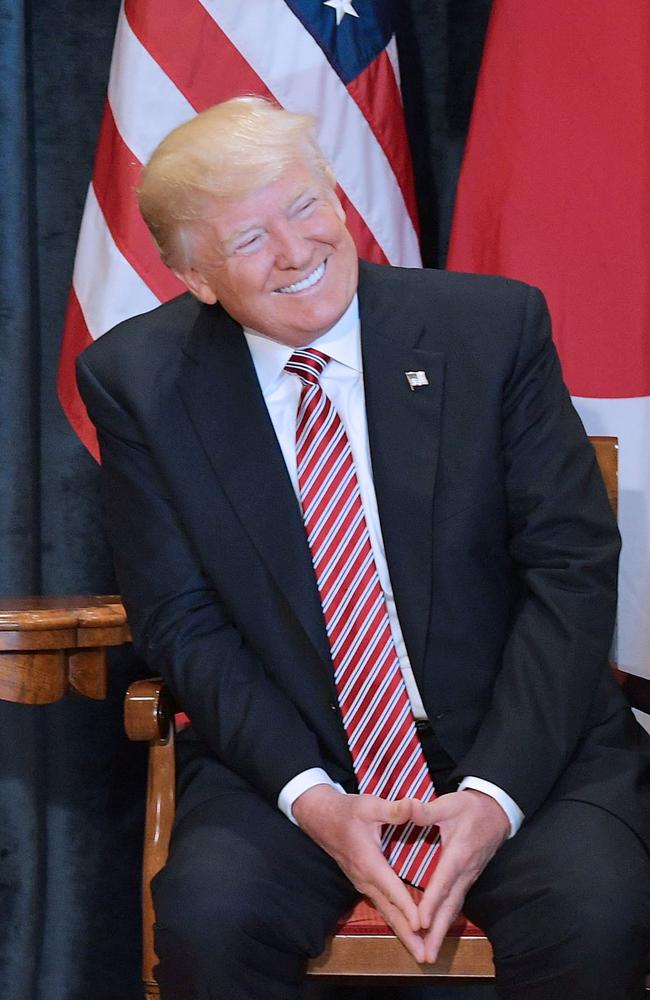
Behind the growing chaos, Professor DeBats says, is Trump’s apparent inability to grasp the concept of government.
“Everything in government is geared to stop the unfettered application of power,” he says. “Trump thinks he can issue orders ... to Congress, to the courts, to Republican Senators. He can’t.”
Cahill says more chaos is yet to come.
“The Trump Administration is on a collision course with the rule of law,” he says.
At its core is the investigation into Russian interference with the 2016 election, and his past business dealings.
“This coming collision cannot be avoided or fixed with staffing issues,” he says. “And the potential portending doom they leave hanging over the White House will only make more difficult to attract & retain good staff than it already was.
TRUMP’S WHITE HOUSE CASUALTY LIST:
Anthony Scaramucci (former incoming White House communications director)
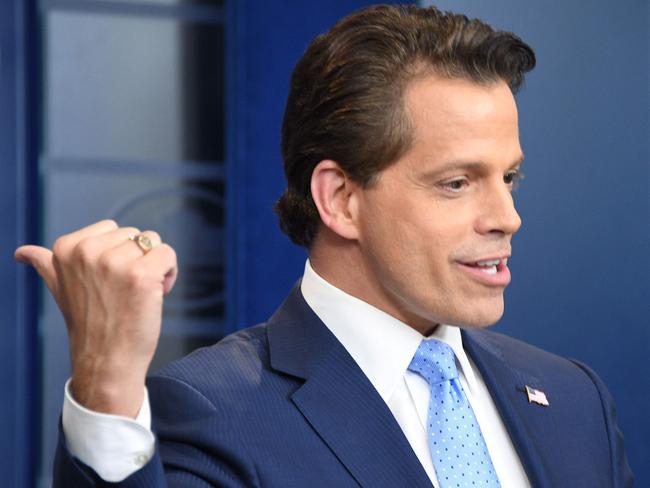
Scaramucci was hired and fired within two weeks. He was brought in to unify the White House’s fragmented message, and clamp down on leaks. But his appointment was not a popular one: White House press secretary Sean Spicer quit in response to his appointment. Scaramucci took to his role with gusto, launching a gutter-talk attack on key White House staffers Reince Priebus and Steve Bannon. While he claimed Priebus’ scalp, he lost his own job for a ‘lack of discipline’ as the first act of incoming replacement White House chief of staff, General Kelly.
Reince Priebus (former White House chief-of-staff)
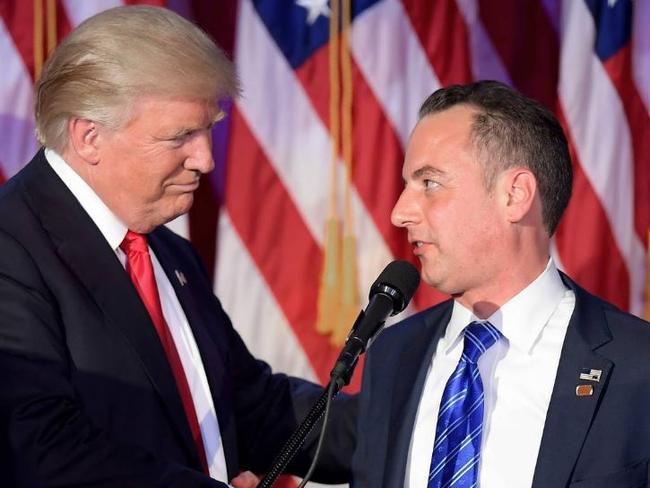
Long-term Trump campaign linchpin and the administration’s inaugural chief of staff, Priebus quit just six months after taking up the top job in response to the allegations of leaking from his metaphorical ‘brother’, Scaramucci. But the white ants of the White House had been snapping at his heels since the first days of his tenure, with much of the blame for the administration’s mixed messages and policy confusion being dumped at his feet. The resignation of press secretary Sean Spicer was seen as the loss of one of his few remaining supporters.
Sean Spicer (former press secretary)
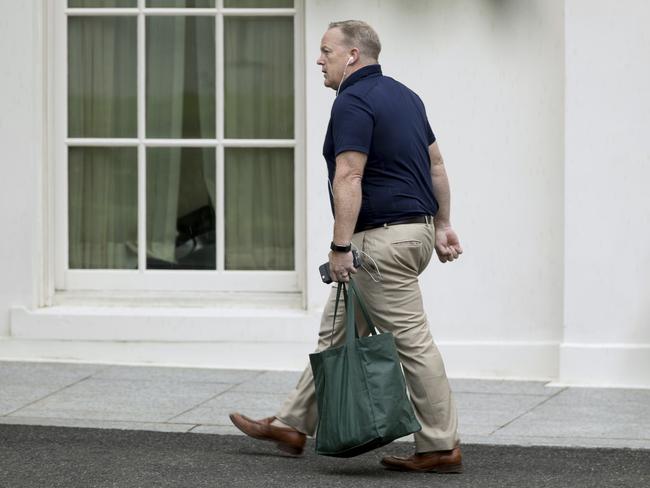
Lambasted for his sometimes bizarre comments, including a claim that Adolf Hitler never used chemical weapons, Spicer also had a sometimes rocky relationship with President Trump. Initially constantly being handed anonymous red-ink notes during his press conferences, Spicer went on to find that the White House’s message of the day would end up being in stark contrast with the president’s tweets. He protested vehemently against the appointment of Scaramucci as his new boss, choosing to step down instead of working under the top Trump donor and Wall Street entrepreneur.
Walter M. Shaub Jr. (former director of the Office of Government Ethics)
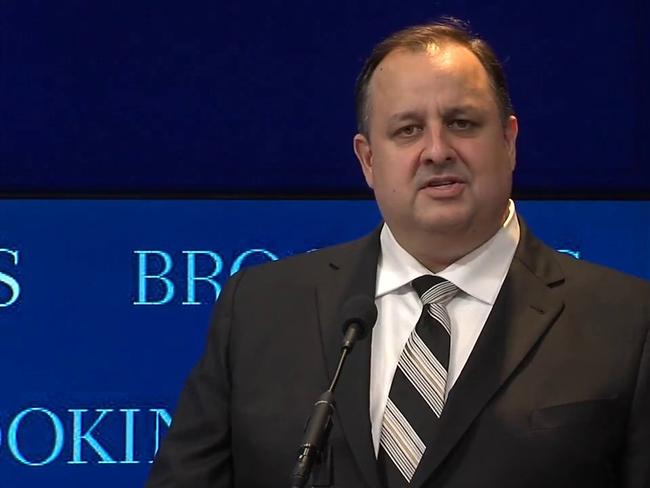
The White House Office of Government Ethics fell out with the Trump administration even before the president was sworn into office. At the core of the issue was Trump’s tax returns, and concerns over conflicts of interests with his business ambitions. Shaub and Trump clashed repeatedly over the president’s disclosures, comments relating to commercial matters and use of Trump properties by government agencies. But his most public fight was over the unusually complex ‘divestment’ arrangement, which was supposed — in practice — to separate a president from ongoing business activities. In the end Shaub walked out the door, stating in his resignation letter: “In working with the current administration, it has become clear to me that we need improvements to the existing ethics program”.
Michael Dubke (former communications director)
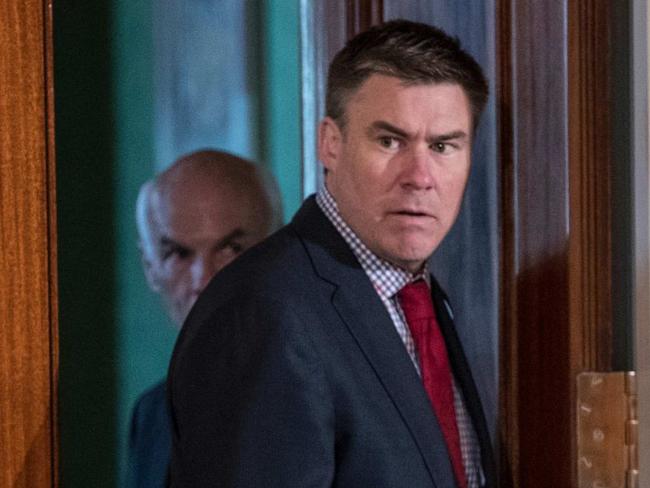
In an early indication that communications was emerging as a Trump administration weak spot, Dubke stepped down as communications director in May. Many amicable words were exchanged over his departure, but it came as Trump was expressing displeasure about the White House’s communications strategy, attempts to reign in his late-night Twitter tirade and tough questioning at Sean Spicer’s press briefings. Instead, Trump embarked on a series of campaign-style “talk-to-the-voter” rallies around the United States. “The conventional ways of communication are not working for them,” one White House adviser told media — on the condition of anonymity.
James Comey (former director of the FBI)
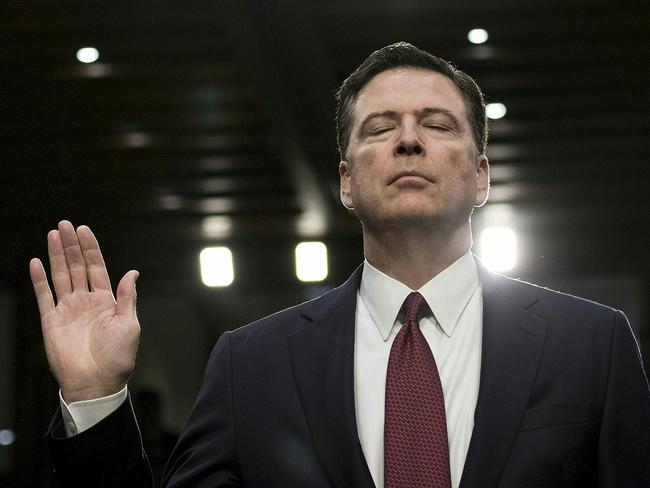
Comey was unable to balance his way through the chaos of the 2016 US presidential election. He was slammed for declaring — during the presidential campaign — that Democrat contender Hillary Clinton was a subject of an FBI investigation. But he didn’t reveal until after the poll that the Trump Campaign was also being investigated — this time for ties to Russia. It was the swirl of controversy around these fears of collusion which Comey claims prompted Trump to demand his personal allegiance. Comey didn’t. Trump says he hadn’t asked — but still fired him anyway. Comey was only the second FBI director to be ousted in such a manner.
Michael Flynn (former National Security Advisor)
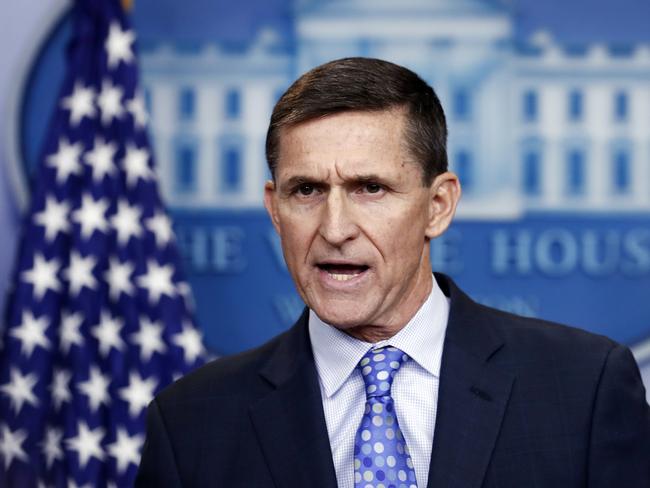
Moscow was again at the heart of the very-short White House career of Michael Flynn. He survived less than a month in the key security role after at first denying — and then admitting — he had conversed with Russia’s ambassador to the United States, Sergey Kislyak, both during the election campaign and during Trump’s transition period before taking up office. One recurring subject of these discussions was the future of sanctions against key Russian businessmen.
Preet Bharara (former US lawyer for Manhattan and ‘Sheriff’ of Wall St)
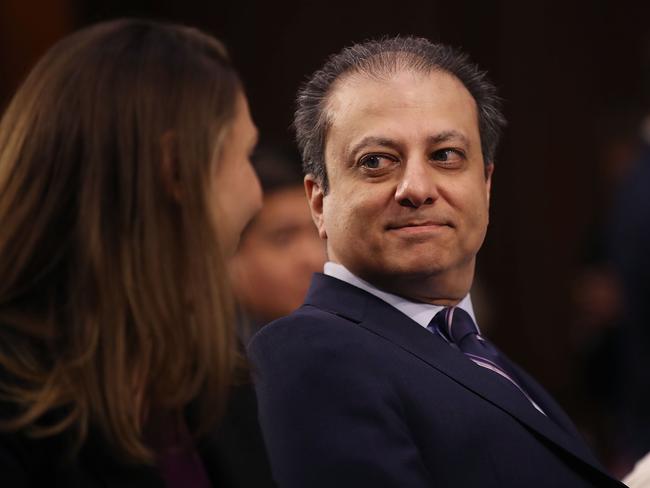
It’s not unusual for political-appointee attorneys to lose their jobs upon the appointment of a new administration. President Clinton asked all 93 to hand in their resignations, for example. But Bharara had appeared a shoe-in, being invited as a guest to Trump Tower during the transition period and being lauded for his record. After being asked by both Trump and incoming Attorney-General Jeff Sessions to stay on, he was instructed to submit a resignation letter. He refused, so he was simply sacked. No reason was given.
Kate Walsh (former White House deputy chief of staff)
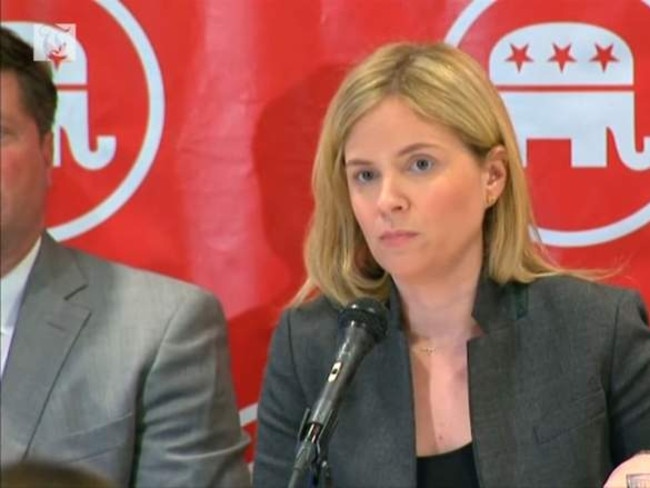
A close friend of Reince Priebus and his deputy chief of staff in the White House, Walsh abruptly left the administration after only nine weeks in the job. It was one of the first blows to Priebus’ power within the administration. Her departure, however, was not unamicable. She took up the running of America First, a pro-Trump private sector think-tank.
Sally Yates (former acting Attorney-General)
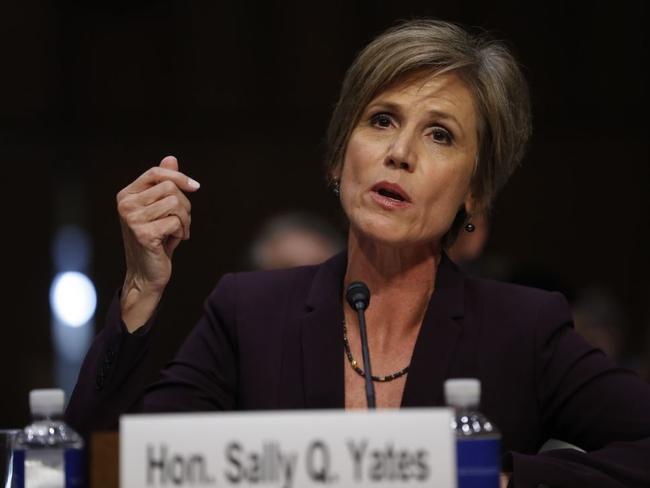
President Trump doesn’t like hurdles. So when it came to questions over the legality of one of his first acts of office — an executive order banning travel from a select few Islamic states — he sacked Sally Yates. It was just 10 days into his term of office, and Yates had dared to publicly criticise his travel ban. But she had also been the bearer of some very early bad news — that Flynn appeared vulnerable to Russian blackmail.
